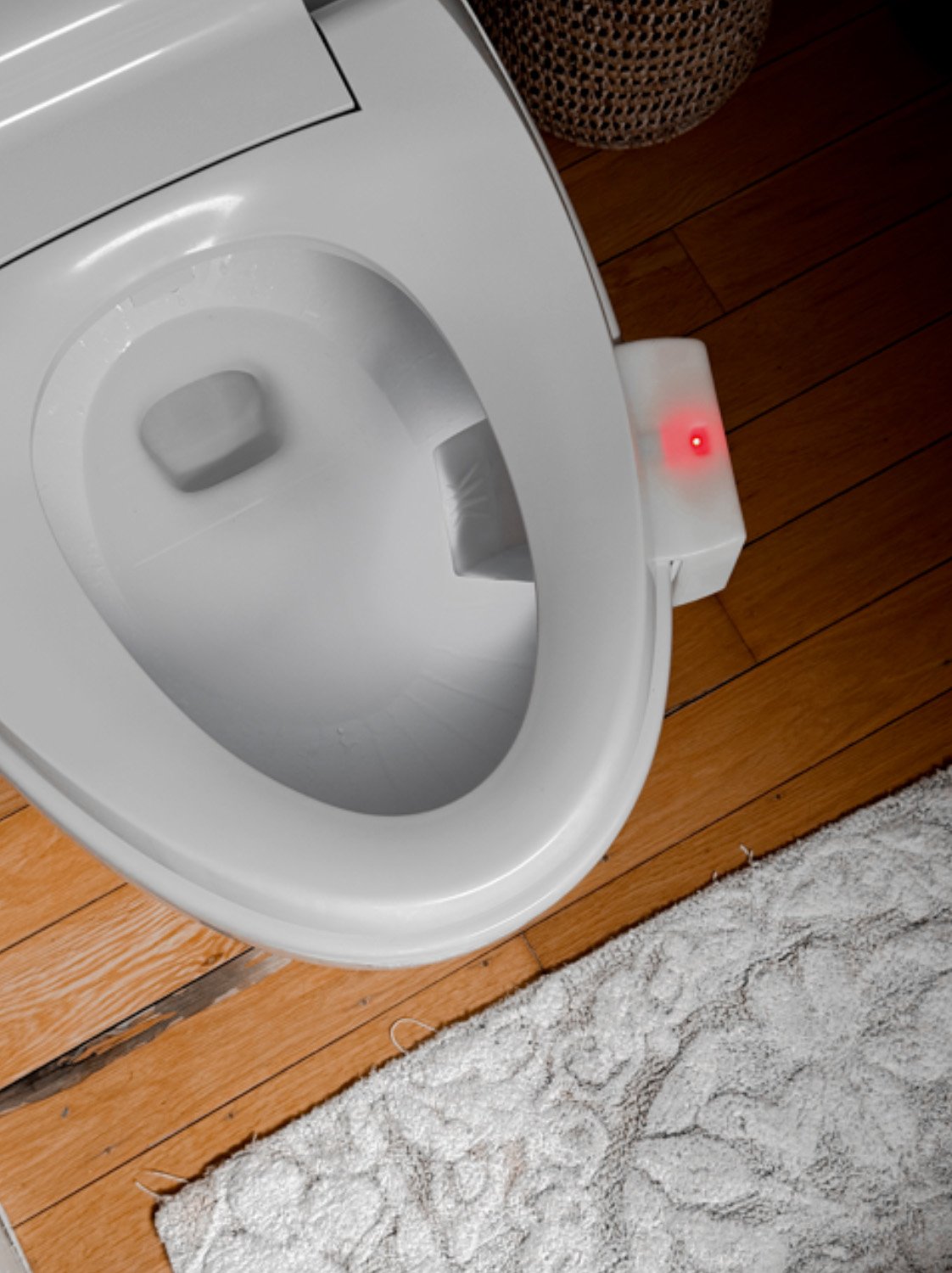Meta’s AI Wearables: Six New Mixed Reality Devices Set to Launch in 2025
Image Credit: Giorgio Trovato | Splash
Meta is making an aggressive push into the AI wearables market, with plans to release six new mixed reality (MR) devices this year, according to a leaked internal memo. The memo, titled 2025: The Year of Greatness, was reportedly sent by Meta’s Reality Labs head, Andrew “Boz” Bosworth, in November 2024.
[Read More: Meta's New AI Venture: Revolutionizing Art Creation with Meta.ai]
The Shift from the Metaverse to AI Wearables
Meta’s commitment to the metaverse, once seen as the company’s defining vision, appears to be taking a backseat as AI-powered devices gain momentum. The failure of Horizon Worlds—Meta’s virtual reality (VR) social space—highlighted the challenges in mass adoption of VR experiences. Now, Meta is pivoting towards AI-infused wearable technology, banking on its ability to integrate seamlessly into daily life without the friction of bulky headsets.
Mark Zuckerberg has already emphasized Meta’s long-term goal of mass adoption, stating the company aims to ship “hundreds of millions” and eventually “billions” of AI glasses. However, achieving this scale will require overcoming significant technological and market hurdles.
[Read More: Meta’s AI Characters: Shaping the Future of Social Media Engagement]
The Six AI Wearables: What We Know So Far
While details remain scarce, reports suggest that Meta’s 2025 lineup could include a mix of smart glasses and MR devices. Some of the rumored devices include:
Sports-focused AR Glasses: A new Oakley-style AR headset designed for athletes, possibly featuring real-time data overlays.
Hypernova Glasses: A heads-up display (HUD) model designed for everyday users, offering augmented reality (AR) capabilities.
Ray-Ban Meta Glasses Variants: Additional styles and features expanding on Meta’s existing Ray-Ban smart glasses lineup.
Next-Generation Smart Glasses: A new “third-generation” model, hinted at by Zuckerberg, which could push the boundaries of AI integration.
New MR Devices: Meta is reportedly focusing on driving sales, retention, and engagement in the MR sector, indicating the likelihood of more advanced mixed reality headsets.
A Potential AR/VR Hybrid: Although no direct confirmation exists, speculation remains about a device that could bridge AR and VR functionalities.
While Meta has not officially confirmed these plans, the memo suggests the company is betting heavily on AI wearables as a core strategy.
[Read More: Meta's AI and the Challenge of Interracial Representation]
The Challenges: AI, Battery Life, and Adoption
AI wearables promise a more seamless, accessible future, but significant hurdles remain. Apple, for instance, reportedly scrapped its own AR glasses due to challenges with processing power and battery life. If a company with Apple’s hardware expertise couldn’t overcome these issues, Meta faces an uphill battle.
Some key challenges Meta must address include:
Battery Efficiency: AI-powered wearables require significant computing power, raising concerns about how long they can function on a single charge.
Processing Power: Achieving real-time AI responses in a compact wearable device is a significant technological challenge.
Market Readiness: Smart glasses and AI wearables have yet to achieve mainstream acceptance, with previous attempts failing to captivate consumers.
Privacy Concerns: AI-driven smart glasses raise serious data security and privacy concerns, particularly regarding facial recognition and real-time data collection.
Competitive Landscape: Meta isn’t alone in this space—companies like Apple, Google, and smaller AR startups are all racing to create the next big breakthrough.
[Read More: Sculpting the Future: Meta's Leap into Text-to-3D Technology]
The Future of AI Glasses: A Turning Point for Meta?
If Meta can successfully execute its 2025 roadmap, it could position itself as the leader in AI-powered wearables. However, this strategy also carries significant risk—especially if AI smart glasses fail to resonate with consumers in the same way the metaverse struggled.
The leaked memo acknowledges this risk, with Bosworth stating, “If you don’t feel the weight of history on you, then you aren’t paying attention”. This suggests a recognition within Meta that its next steps could either cement its place as a visionary tech company or lead to another high-profile misstep.
With the AI wearables market still in its infancy, 2025 will be a defining year for Meta. Whether these six new devices will revolutionize the industry or face the same fate as the metaverse remains to be seen. One thing is certain: the battle for dominance in AI wearables has only just begun.
[Read More: Meta's Shift from Fact-Checking to Community Moderation Sparks Debate]
Source: Gizmodo











